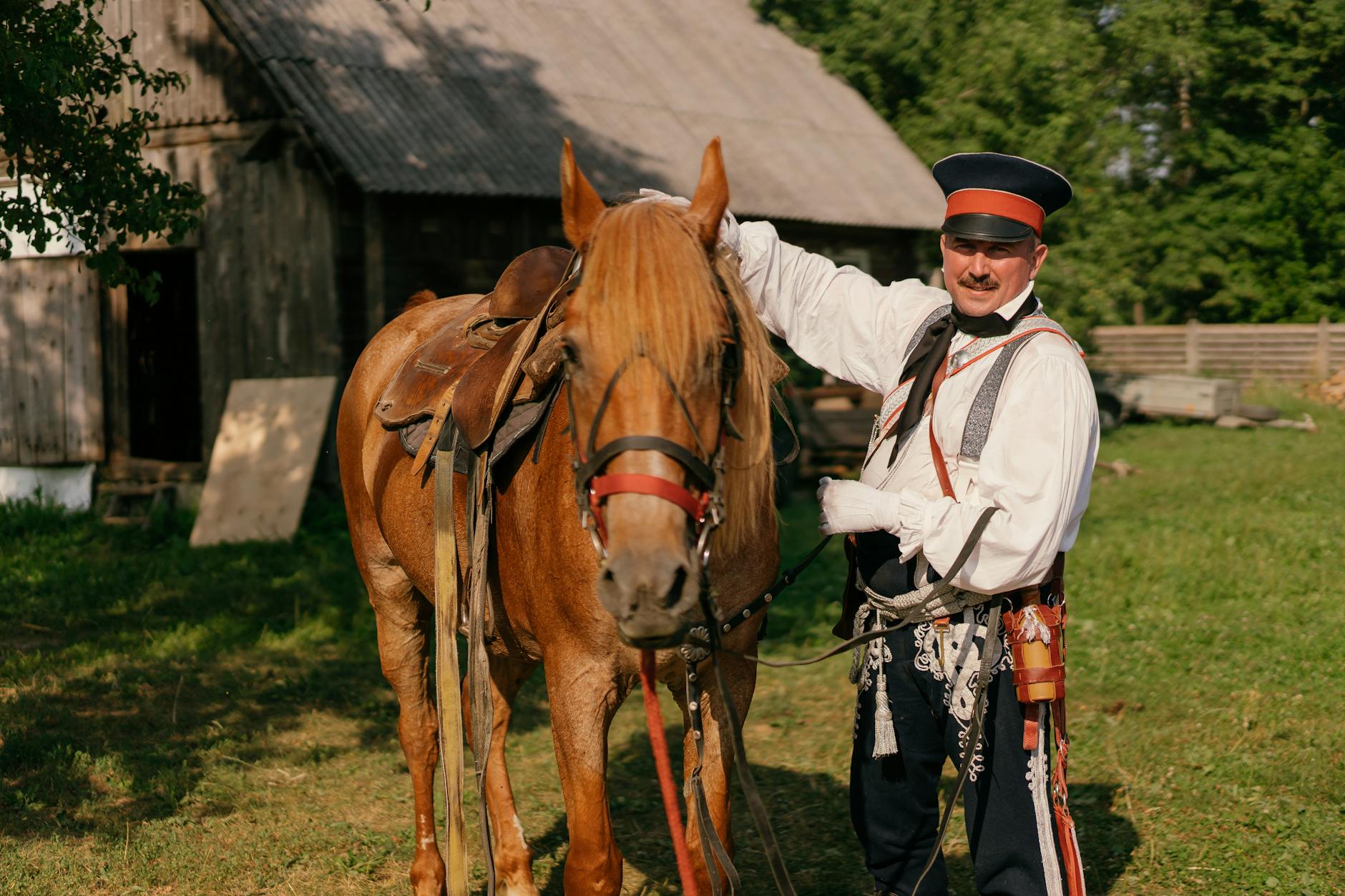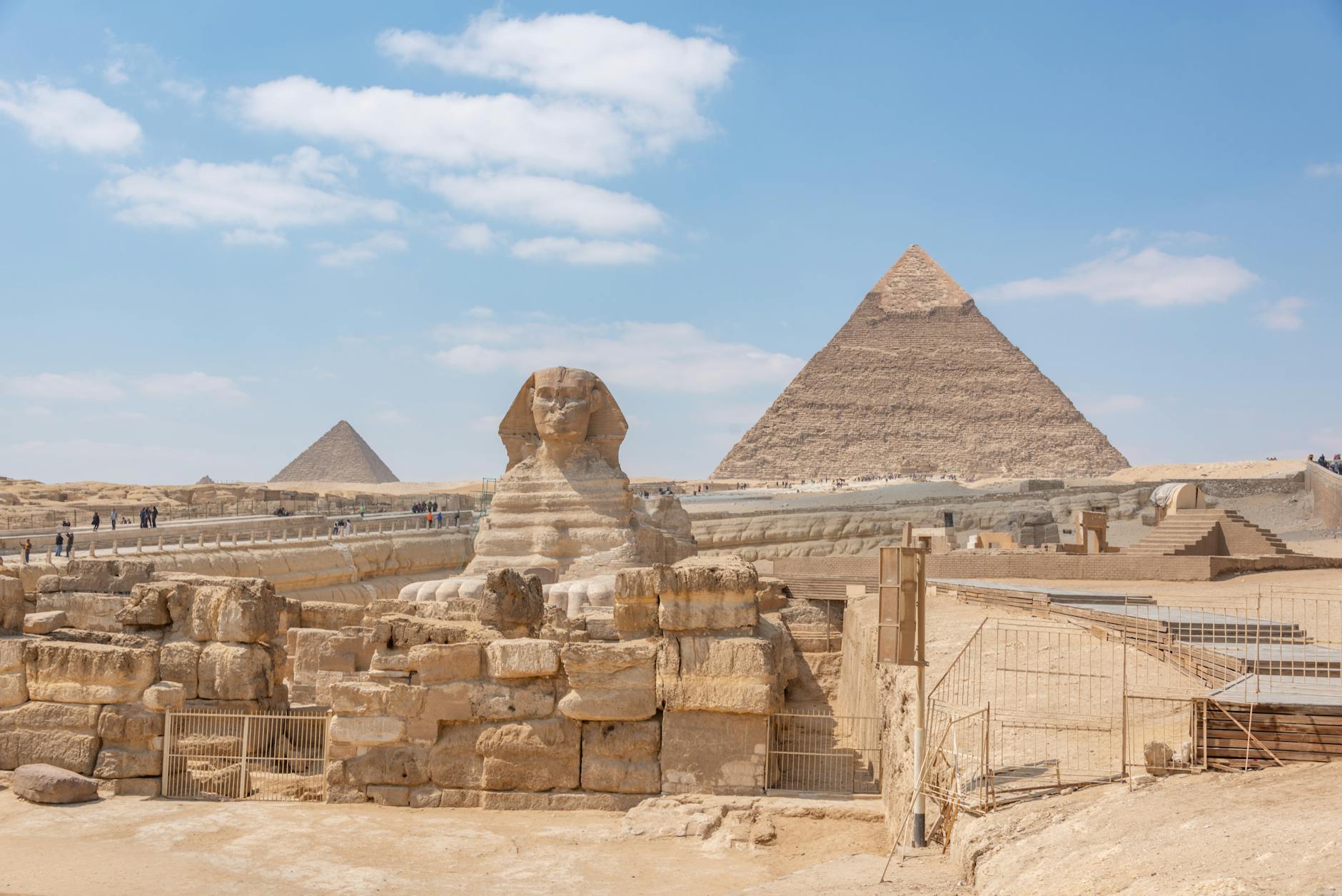The story of cannabis, perhaps unexpectedly, dates back thousands of years. Its journey from being recognized for its myriad medicinal traditions and cultural significance to a legal minefield of prohibition and criminalization, is a complex and intriguing mosaic.
The discovery of hemp (a variety of the Cannabis Sativa plant species), dates back to around 8,000 BC, where archaeologists found remnants of hemp rope in pottery in ancient Taiwan. The ancient uses of hemp extended far beyond the culinary and artistic, serving as a foundational material in the creation of textiles, paper and building materials.
The cultural significance of cannabis cannot be understated. Ancient texts and archaeological discoveries provide overwhelming evidence of its integral role in various societies. In the Vedas, sacred Hindu scriptures, it was considered one of the five sacred plants. Ancient Chinese texts and Egyptian papyri alike make reference to its use not just as material for work and craft, but also in medicine and spiritual rituals. Cannabis, then, was more than a plant – it permeated every aspect of life from the spiritual to the mundane.
The narrative of cannabis was not to remain a universally positive one. The arrival of the 20th century and the era of prohibition marked a significant shift in the perception of this ancient plant. Initially led by the U.S, the prohibition and criminalization of cannabis catalyzed a snowball effect internationally as nations collectively adopted stern cannabis laws under the umbrella of the United Nations Drug Conventions.
Historically, psychoactive substances were not distinguished from their non-psychoactive counterparts. This changed dramatically during the prohibition era. The pivotal separation of marijuana from hemp resulted in the widespread vilification of the former. The marijuana movement in the U.S, which initially sprouted as a backlash against the prohibition, has been instrumental in highlighting this dichotomy and ushering in the gradual transition towards legalisation and de-stigmatisation.
Over the last few decades, the pendulum has slowly started to swing the other way. A growing wealth of research supporting the medicinal uses of cannabis has played a significant role in transforming views on this plant. The western world has seen an escalating legalization movement. Countries like Canada, Uruguay, and several states in the U.S have legalized the recreational use of marijuana. Meanwhile, many more countries have legalised medicinal cannabis, finally recognising the centuries-old medicinal traditions associated with this plant.
Interestingly, legalisation has also catalysed the rejuvenation of the hemp industry. Hemp, once critical for its fibre, is now being cultivated on an industrial scale for its cannabidiol (CBD) content. CBD, unlike its psychoactive cousin THC, is acclaimed for its therapeutic properties without the ‘high’. This has driven the demand for hemp-derived CBD in various sectors including healthcare, cosmetics, and wellness.
In conclusion, the history of cannabis is a tale of cultural, legal and medical layers intricately woven together. The journey from revered herb in ancient societies to a prohibited substance, and its present-day resurgence against the backdrop of legalisation and a reclaiming of its medicinal value makes for an intriguing narrative arc. As the pendulum continues to swing, we may yet bear witness to new chapters in the cannabis story. But, for now, the cannabis plant, yet again, stands at the intersection of controversy and acceptance. One thing remains clear; its presence in our historical narrative continues to be as significant as ever.


